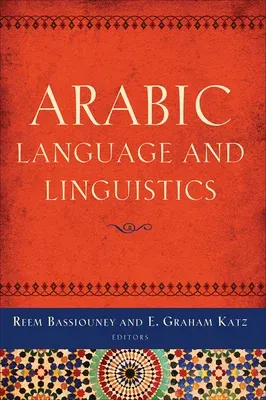Arabic Language and LinguisticsPaperback, 13 April 2012

Qty
1
Turbo
Ships in 2 - 3 days
In Stock
Free Delivery
Cash on Delivery
15 Days
Free Returns
Secure Checkout

Part of Series
Georgetown University Round Table on Languages and Linguisti
Part of Series
Georgetown University Round Table on Languages and Linguistics
Print Length
246 pages
Language
English
Publisher
Georgetown University Press
Date Published
13 Apr 2012
ISBN-10
1589018850
ISBN-13
9781589018853
Description
Product Details
Book Format:
Paperback
Country of Origin:
US
Date Published:
13 April 2012
Dimensions:
22.86 x
15.44 x
1.65 cm
ISBN-10:
1589018850
ISBN-13:
9781589018853
Language:
English
Location:
Washington
Pages:
246
Publisher:
Series:
Weight:
344.73 gm